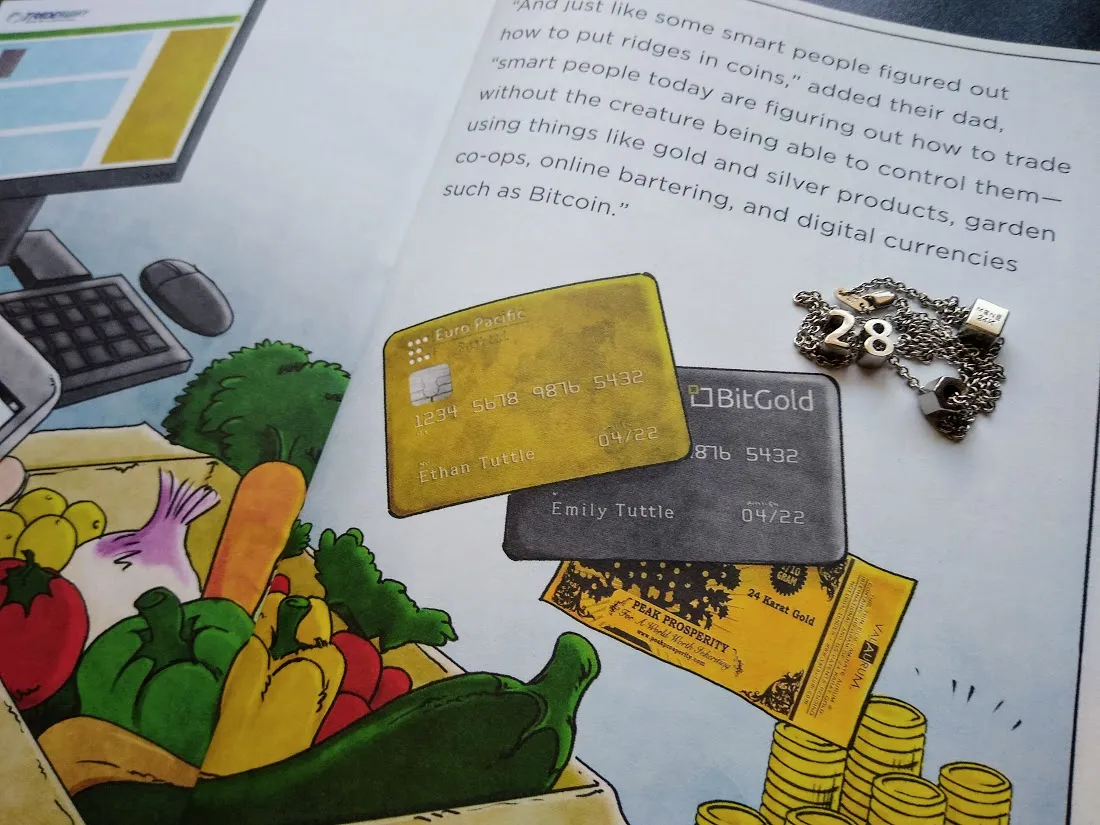
Shapira the Forger... is he deserving of this title?
The World's Oldest Bible Fragment
It's often understood that the Dead Sea Scroll discovery was the first time that ancient scrolls were found in the region of the Dead Sea - but that's not the case. There was a discovery in particular that is gaining new attention in the light of the Dead Sea Scroll discovery.
In 1883, an interesting fragment came to light which caused great excitement - if genuine, it would be the oldest bible known to mankind.
Leather fragments, consisting of a short narrative which parallels a section of Deuteronomy, was discovered written in Paleo-Hebrew, dating these fragments to hundred of years before the Christian era.
The Notorious Case of Shapira
According to Shapira, in 1878 he learned about several leather fragments that Bedouins had reportedly found in a cave on the eastern side of the Dead Sea, near Wadi al-Mujib. On a shelf or a ledge in the cave were several linen-wrapped bundles that contained strips of blackened leather. One of the Bedouins took the strips, allegedly because he thought they might bring good luck. These leather strips had a sticky black substance on the back that looked like bitumen, to which the brittle remains of linen fabric were stuck. With the assistance of a local sheikh, Shapira managed to procure from a member of the Bedouin Ajayah tribe sixteen leather strips – manuscript fragments of varying length and condition – for a very modest price. Upon further examination, it became clear that the fragments represented three manuscripts of the same text: One of the manuscripts was almost complete and a second was somewhat fragmentary. What little remained of the third manuscript was in very poor condition. source
As the story goes, Shapira attempted to sell ancient manuscripts to the British Museum asking for 1M British Pounds. The museum was on the verge of purchasing the fragments when suddenly the sale was called off. The fragments were declared forgeries.
Disgraced, Shapira committed suicide, causing the academic world to confirm their suspicions. From that moment on, Shapira was known as "Shapira the Forger", based on the accusation.
James Tabor discusses this topic on his blog. When asked if any scrolls appeared from the region of the Dead Sea before the famous discovery in the 40's, he was told:
“...there was the notorious case of [Moshe] Shapira—a Jerusalem antiquities dealer back in the 1880s. He claimed that he had purchased a scroll from [a] Bedouin, who said they found it in a cave on the east side of the Dead Sea. Shapira tried to sell it to get rich but it turned out to be a forgery and Shapira, thoroughly exposed and shamed, put a bullet in his head. Source
"Turned Out To Be a Forgery"
Once it was discovered that Shapira took his own life, it confirmed in the minds of many that he was an exposed forger, who could not bear to continue living in shame. The scrolls were sold for 20 Pounds and became lost to history.
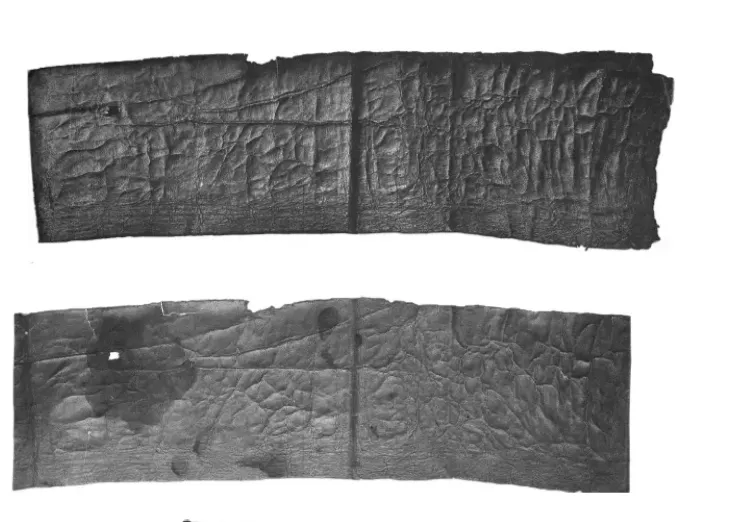
Re-Evaluating After the Discovery of the DSS
After the Dead Sea Scrolls were discovered and academics were able to learn more about ancient scrolls of the region, people began to wonder "What if the famous Shapira "forgeries" were actually authentic?"
Investigating this question has caused many people on a quest to discover more about Moses Shapira and his infamous scroll.
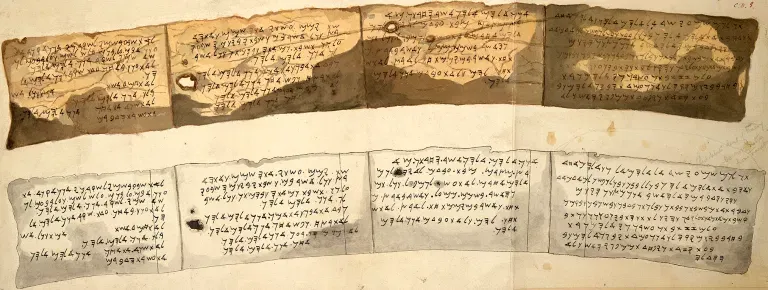
Why Were they Deemed a Forgery?
Shapira Was Involved in a Forgery Scandal Before
About 10 years before the presentation of the Deuteronomy scroll, a large collection of Moabite idols (which Shapira had sold several Museums) were determined to be inauthentic. A few of Shapira's associates had confessed to forging the pottery, damaging Shapira's reputation. The associates later retracted their confessions saying they were extracted by means of blackmail and bribery.
The forgery was announced in 1876 by Clermont-Ganneau, who also had a history of declaring forgeries which later were determined to be authentic. Methods of verifying the authenticity of artifacts in the 19th century relied heavily on reputation.

Clermont-Ganneau
Shapira maintained his innocence in this affair, insisting that he also expressed doubts about the authenticity of the figures, but continued the deal under pressure from the Prussian government who were eager to acquire the artifacts.
The British Museum continued purchasing hundreds of manuscripts from Shapira despite this scandal, but his reputation became tarnished.
Shapira's reputation may have been (perhaps wrongfully) tarnished, but this was not proof that he was a forger.
Shapira's Fragments Were Believed to Be Too Old To Survive
The 19th century academia was not familiar with ancient scrolls having survived the elements for long periods of time - the scrolls that were presented were without precedent. It was difficult to believe at that time that leather scrolls could remain intact for so long. This was before the Dead Sea Scroll discovery, where much was learned about natural preservation.
It really demanded too much of Western credulity to ask us to believe that in a damp climate like that of Palestine any sheepskins could have lasted for nearly 3,000 years, either above ground or under ground, even though they may have been abundantly salted with asphalte from the Vale of Siddim itself. Source
This was not necessarily evidence of a forgery.
Shapira's Fragments Had a Smooth Edge
Clermont-Ganneau asserted that Shapira's fragments were cut from the bottom of a Yemenite Torah scroll, based on the observation that some of Shapira's fragments had one edge that was smooth, while the others were rough. This was understood as "proof" that the fragments were acquired recently since it was understood at the time that ancient manuscripts could not have a smooth edge.
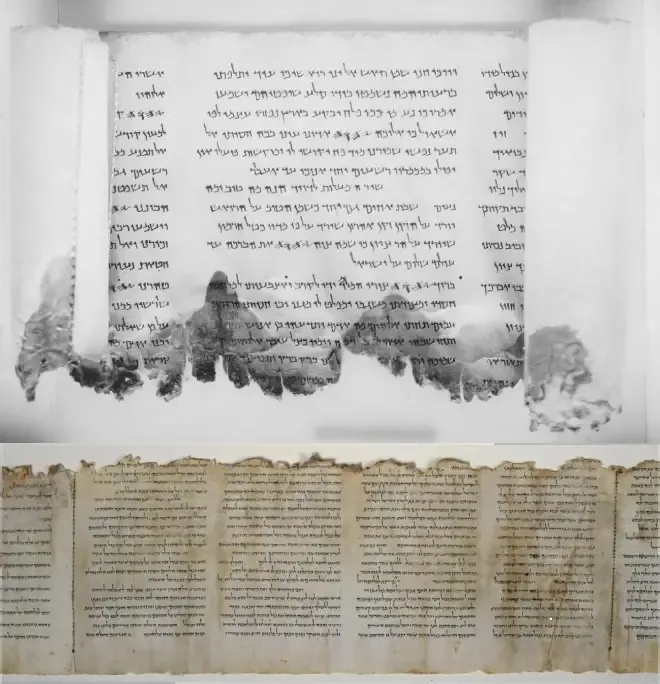
Multiple DSS manuscripts have one smooth edge.
However, since the discovery of the Dead Sea Scrolls, researchers have learned that many ancient documents can preserved in nature while maintaining smooth edges and that this is not a sign of a forgery.
Similarities in the DSS have proved that the straight edge does not indicate a forgery.
Shapira's Fragments Had Hebrew Misspellings
In Shapira's manuscript, certain Hebrew letters are replaced with different similar sounding letters. This was considered to be an amateur mistake in the forgery. Yet, as more ancient manuscripts are authenticated and cataloged, it has been noted that many authentic manuscripts use similar spelling, as it have become proven that these are often archaic errors.
The DSS manuscripts occasionally contain similar errors, showing they are authentic errors from the original.

Was Shapira Really a Forger?
Re-evaluating the reasons for dismissing Shapira's manuscript as a forgery, in light of further understanding of similar ancient manuscripts, objections to it's authenticity can be easily overturned.
Many modern scholars are re-evaluating the authenticity of Shapira's manuscript and re-evaluating the negative reputation of Shapira himself.
The saddest part of this story is that because Shapira's manuscript was deemed a forgery, it was disregarded and lost to history. The last known whereabouts of the document is from the "Natural History and Archaeological Society" in Burton-On-Trent.
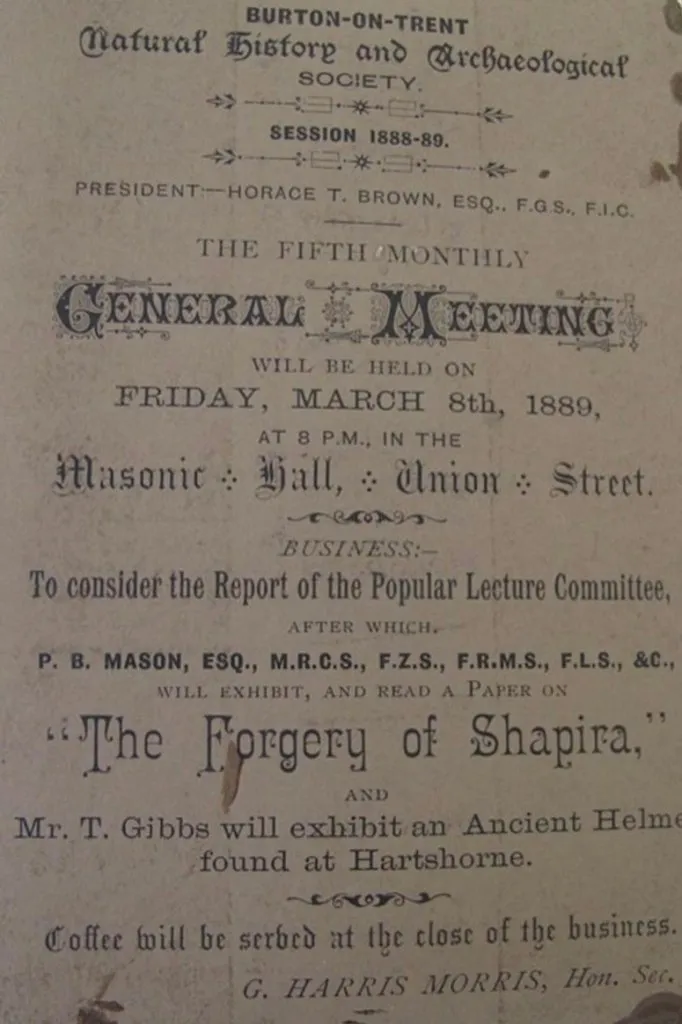
Being called "The Forgery of Shapira", the documents were on display on March 8th, 1889
Perhaps Shapira's Manuscript is Authentic?
If the Shapira manuscript is authentic, it would be the oldest known copy of the bible known to man. It would be dated to around 900BC or earlier.
Given the limited information available today, a case can be made that the manuscript was in fact authentic, given the similarities to the DSS. There is a possibility that the manuscript was destroyed, because of it's poor reputation, or buried in someone's private collection.
We will not know for sure if the Shapira fragments were authentic or not until they are rediscovered. Then they may be certified using modern methods or we can know once and for all if they are a forgery or not.
Many scholars today believe they are authentic.


Bless the Most High!

Teach Your Children Liberty from Sin
We encourage parents to teach their children principles of Godliness, beginning with the Word and an understanding who God is and what His Son has done to form a relationship with us.
No one can lay a foundation other than the one already laid, which is Jesus Christ. If anyone builds on this foundation using gold, silver, precious stones, wood, hay, or straw, his workmanship will be evident, because the Day will bring it to light. It will be revealed with fire, and the fire will prove the quality of each man’s work. 1 Corinthians 3:11-13
Teach Your children Liberty from Tyranny
Second to this is the principle of self-determination and freedom, lest we loose the ability to teach our children the first principle in future generations. Our children read the Tuttle Twin books, specifically to learn libertarian principles, which most people learn later in life. These books are useful for our family, and yours, to teach children concepts that seem complicated, but are made simple in these books.
For a limited time, use coupon code FORTY for 40% off your purchase! Check out the books here.
"SMART PEOPLE today are figuring out how to trade without the creature being able to control them - using things like gold and silver products, garden co-ops, online bartering and digital currencies such as Bitcoin."
If you like my content, please consider a generous upvote and SHARE
I appreciate my readers and do my best to read and respond to your comments. Thank you for your support, it's what keeps the lights on!
sir, i upvote you for your upvote i thank you dear

